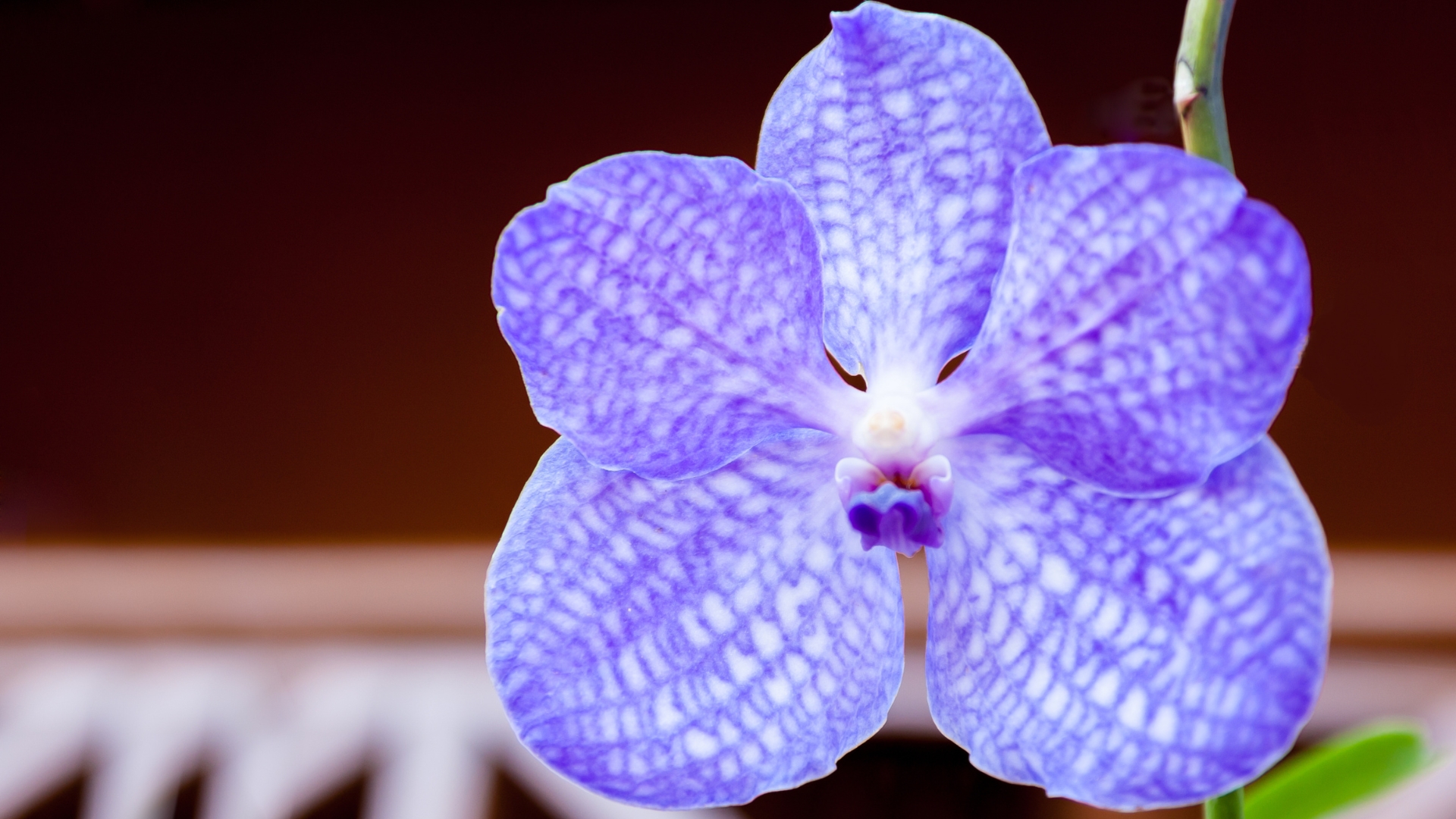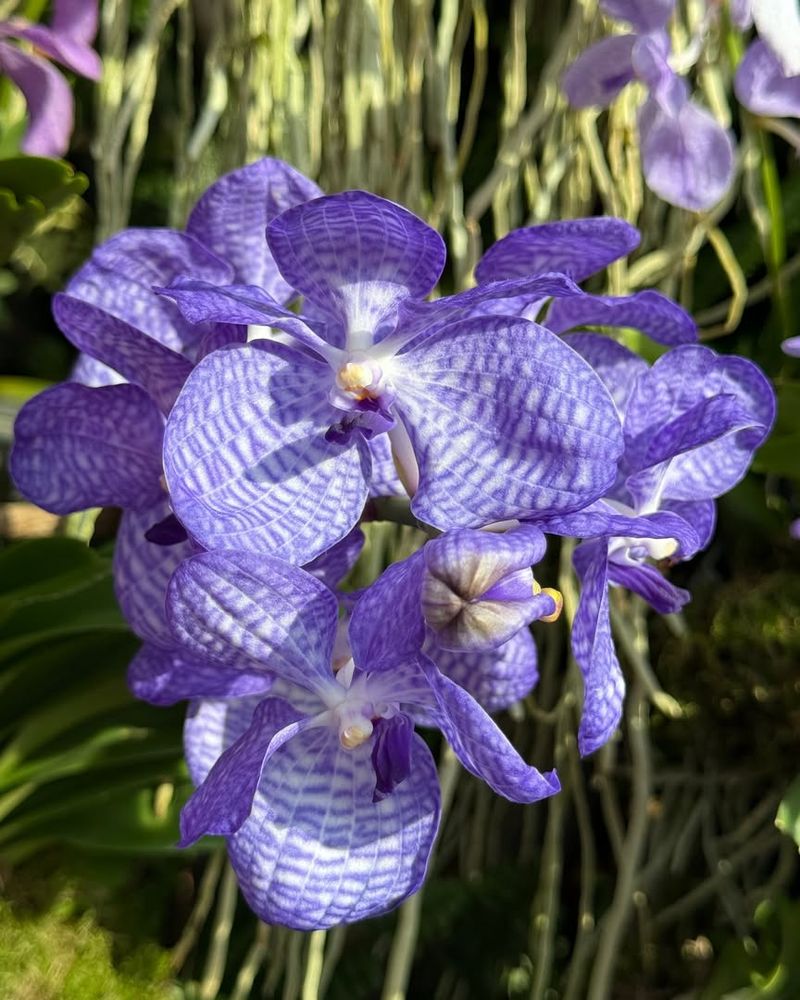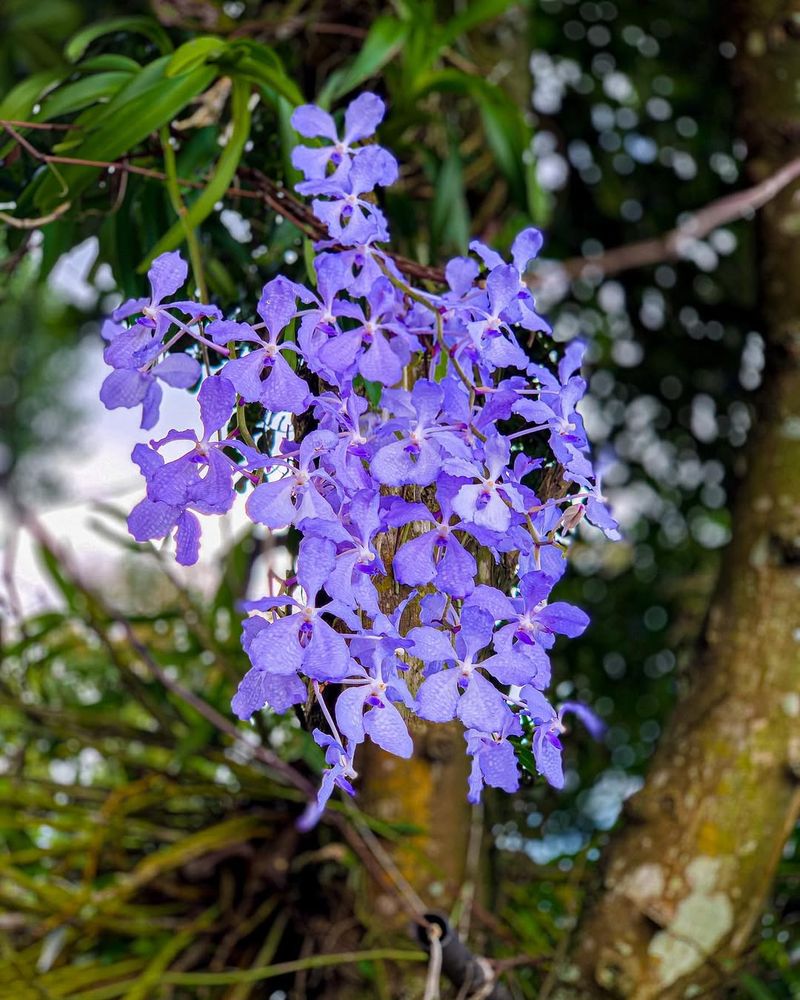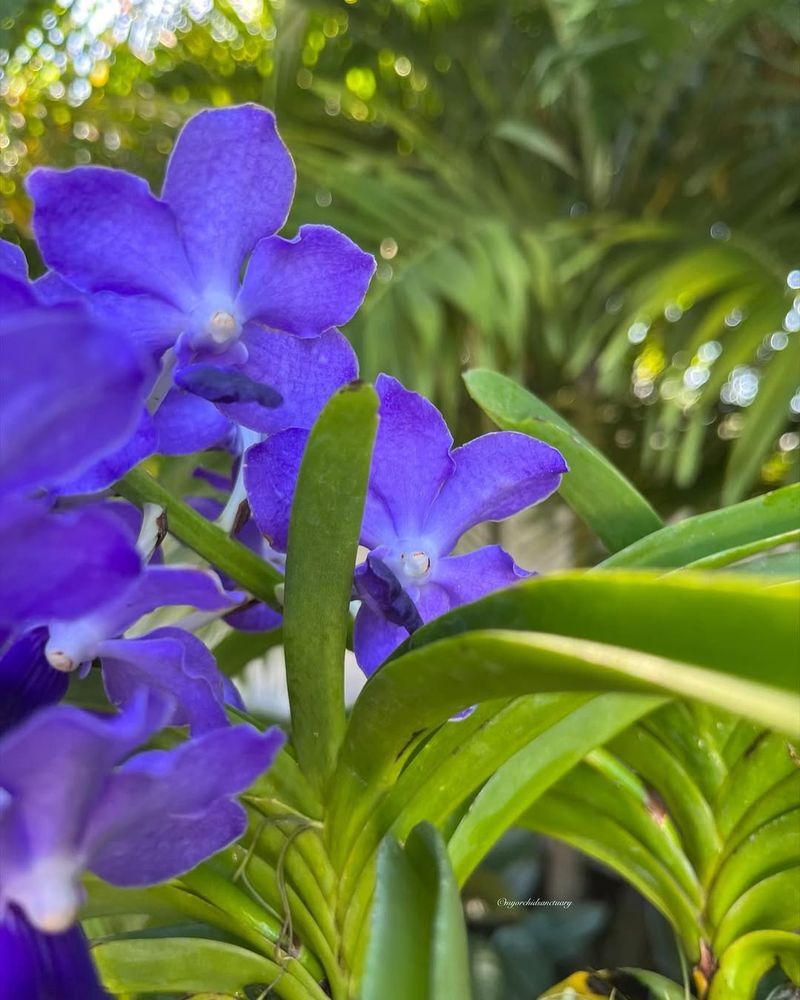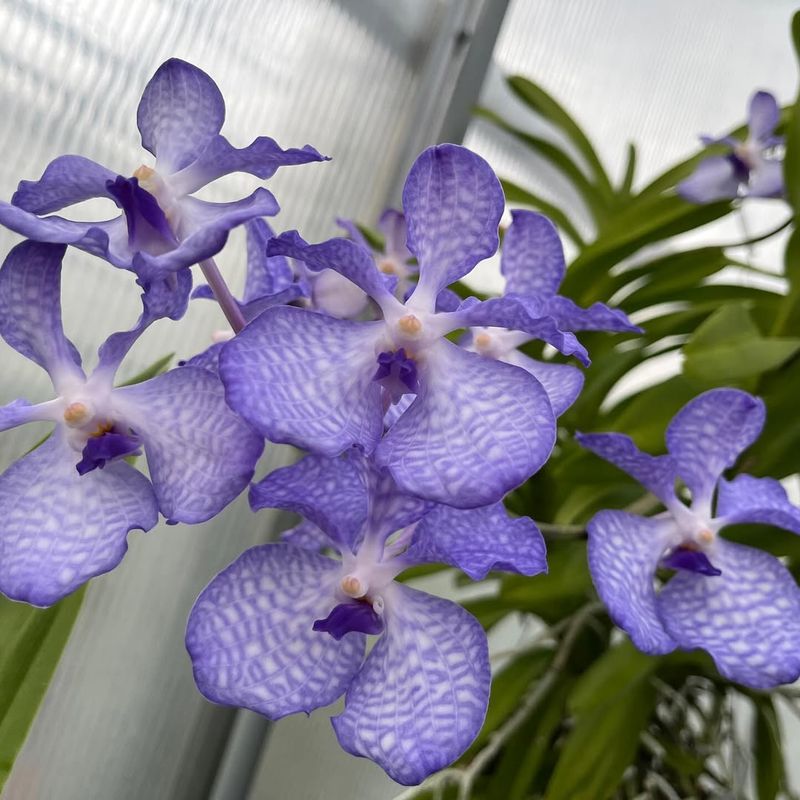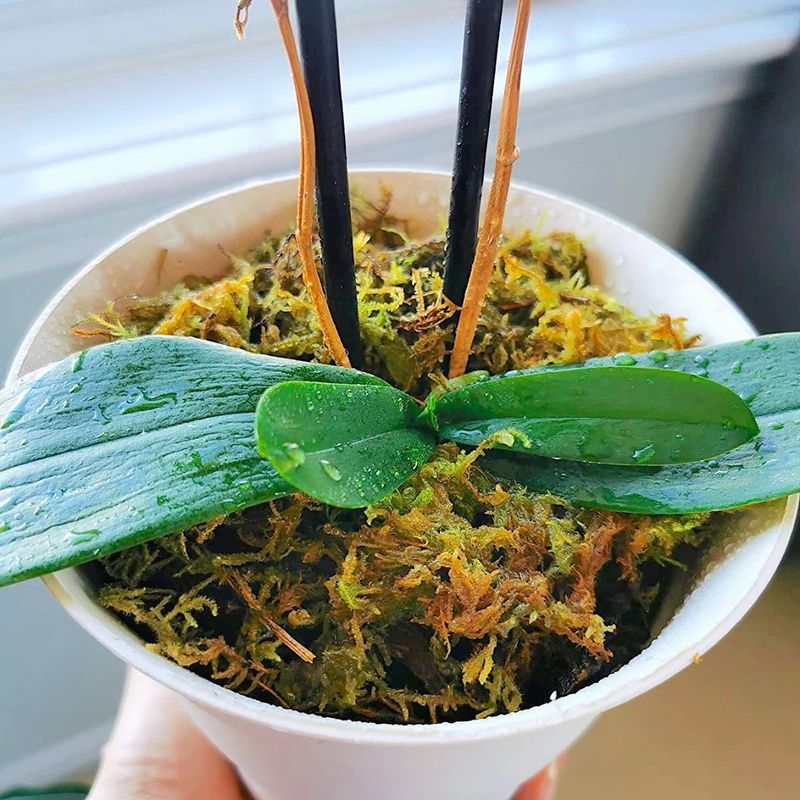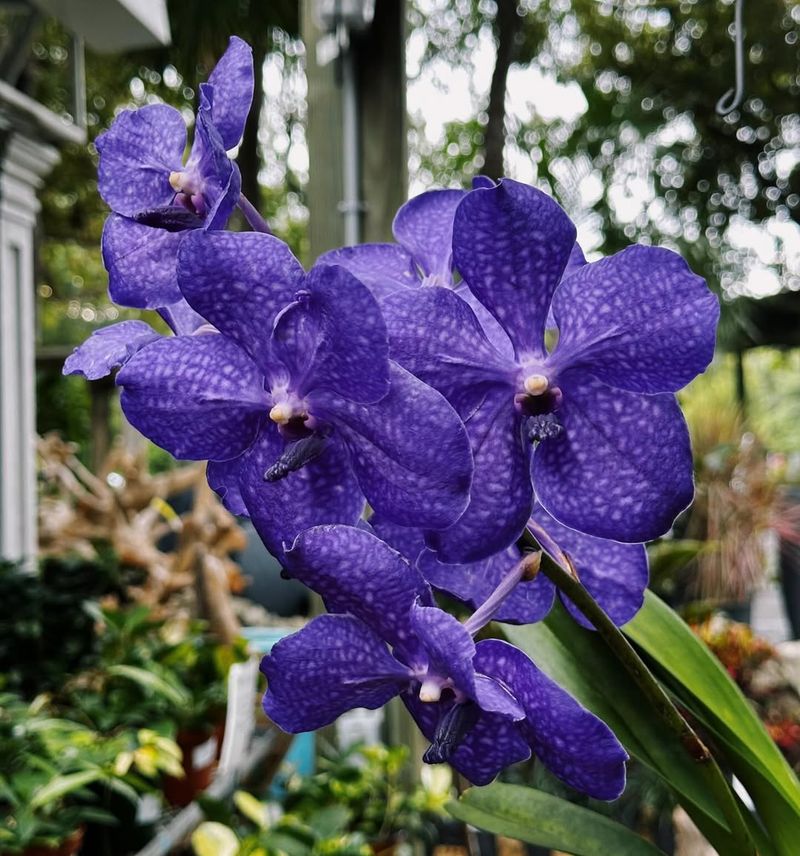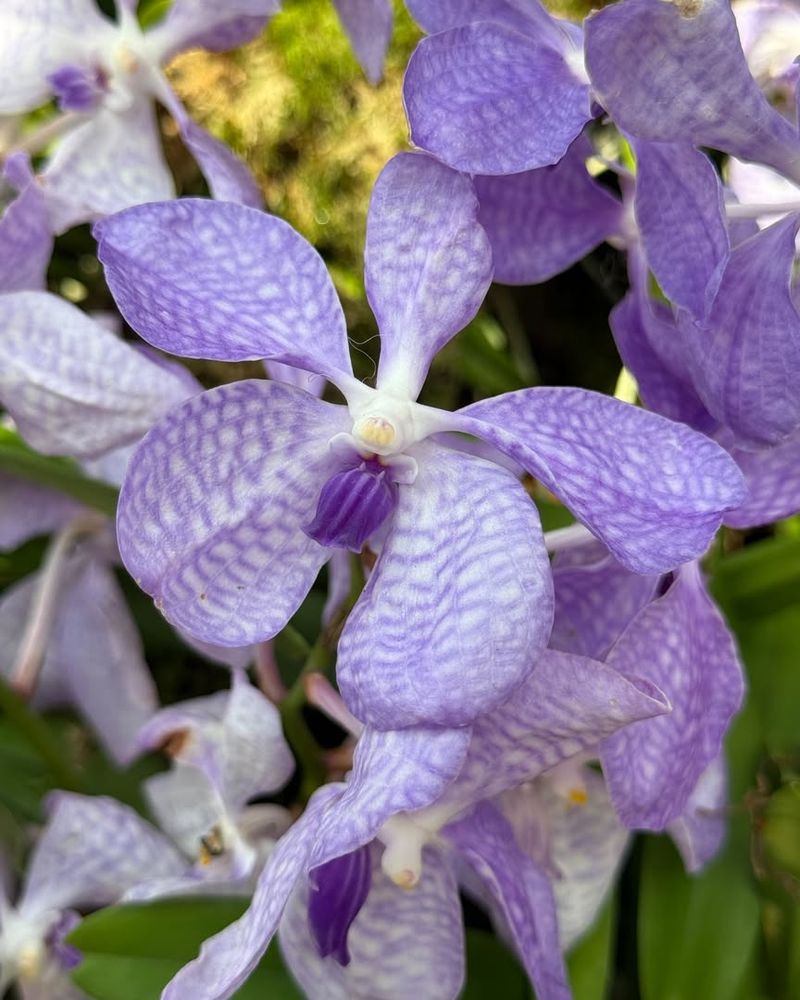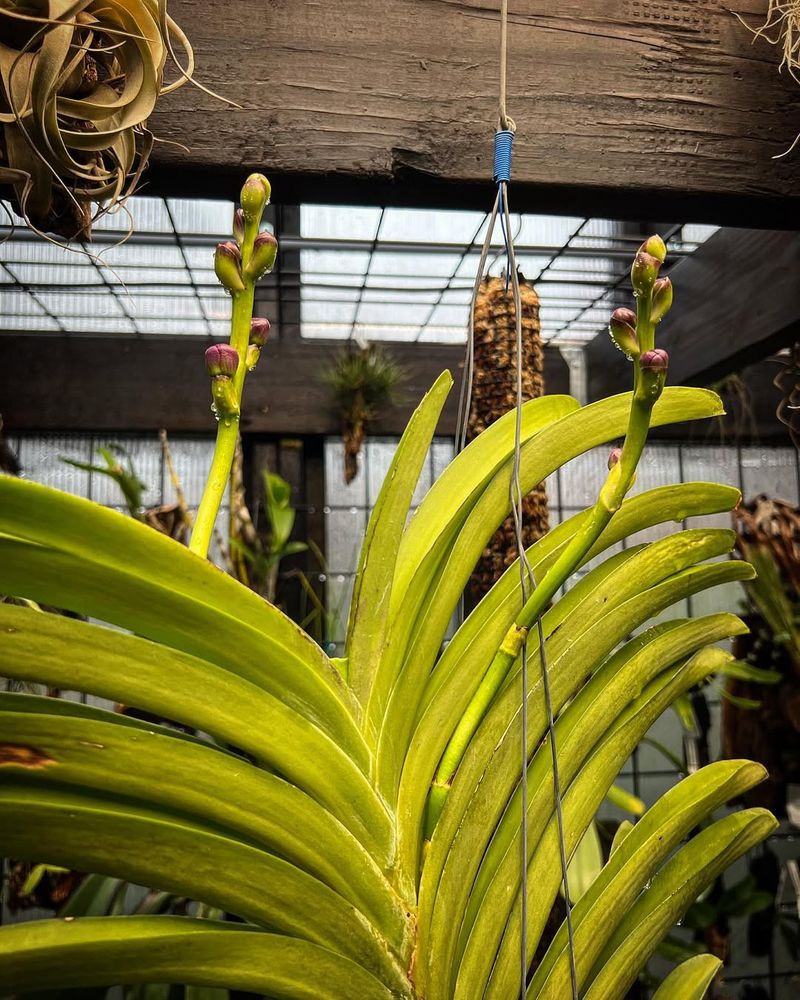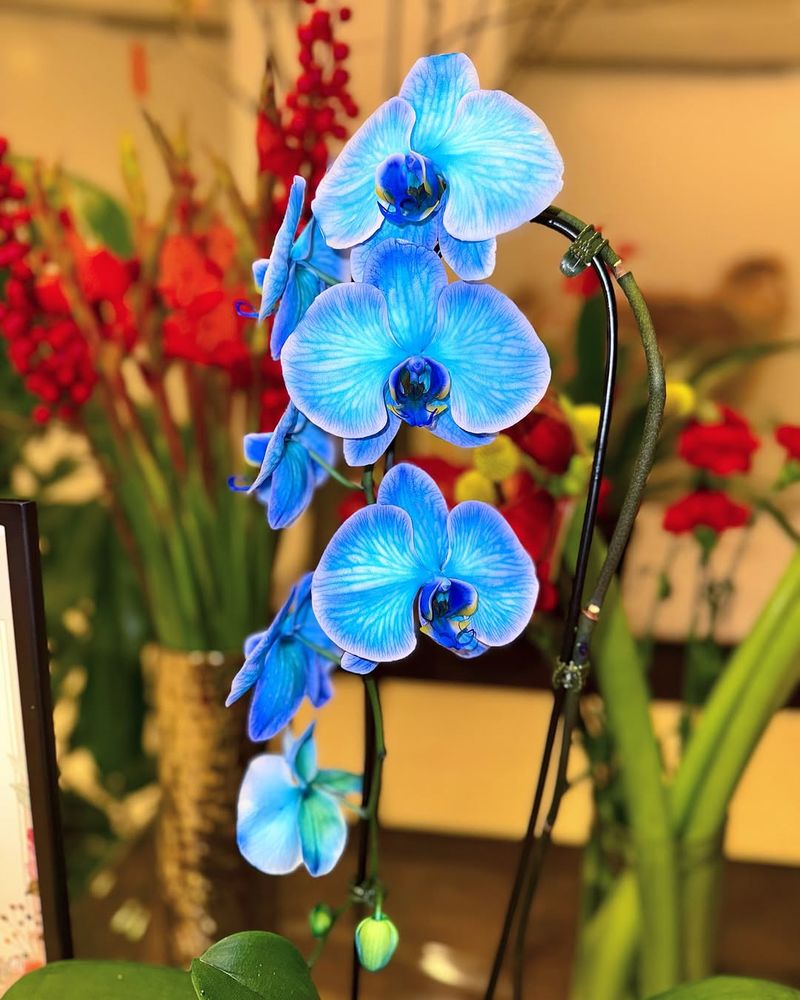Blue orchids captivate with their vibrant hues, but are they naturally occurring wonders or clever creations of human ingenuity? In this post, we explore ten fascinating facts about these enchanting blooms. From the truth about their origins to the secrets of their care, discover what makes blue orchids a topic of intrigue and beauty. Whether you’re a seasoned orchid enthusiast or a curious newcomer, these ten insights will enhance your appreciation and understanding of this eye-catching flower.
1. The Truth About Blue Orchids
Mystery surrounds the question of whether these floral wonders are genuinely blue. Blue orchids are typically the result of dyeing techniques applied to white orchids, such as the popular Phalaenopsis.
The dyeing process involves injecting a special pigment into the plant’s stems or soaking the blooms in a colored solution.
Naturally blue orchids, like the blue Vanda, are rare and exhibit a more subdued hue. So, while those vivid blues may dazzle, they often owe their brilliance to human creativity rather than nature’s palette.
2. Natural Vs. Dyed Orchids
Spotting the difference between natural and dyed blooms can be a delightful challenge. Natural blue orchids, while rare, have a gentle, subtle hue (more violet than blue) compared to their vividly dyed counterparts. Dyed orchids often show color seepage in unnatural patterns or on the leaves.
If you find a blue orchid with evenly distributed color and no signs of dye, it might be a natural beauty! Unfortunately, the quest for truly blue orchids continues, with most vibrant specimens being artfully enhanced.
3. Can You Grow A True Blue Orchid?
Growing a true blue orchid is a challenging dream for horticulturists. Efforts in hybridization and genetic engineering strive to achieve this elusive hue. Dyed orchids, however, return to their original color in subsequent blooms, as the dye doesn’t alter the plant’s genetics.
The pursuit of a naturally blue orchid involves intricate breeding techniques and patience. Until science triumphs, dyed flowers will continue to satisfy the desire for blue in floral displays.
4. Light Requirements For Blue Orchids
Optimal lighting is crucial for maintaining the health of these colorful creations. Bright, indirect light is best, as direct sunlight can scorch the leaves, diminishing their vibrant appeal.
Position them near a window with filtered light, like sheer curtains, to replicate their natural habitat. With the right light, these orchids can thrive and brighten any room with their striking appearance. Remember, too much light can be detrimental, so balance is key.
5. Watering Blue Orchids Properly
Watering orchids requires a delicate balance to maintain their intricate beauty. Overwatering can lead to root rot, while underwatering may cause wilting. It’s best to let the potting medium dry out slightly between waterings.
A weekly schedule typically suffices, but adjust based on your orchid’s specific environment. Observing the plant’s response will guide you in providing just the right amount of hydration.
6. Choosing The Right Potting Mix
Selecting the perfect potting mix is essential for orchid vitality. Options like bark, moss, and specialty blends offer different benefits. Bark provides excellent drainage, preventing waterlogged roots, while moss retains moisture, ideal for dry environments.
Specialty blends combine these elements for the best of both worlds. Drainage is paramount, as orchids prefer airy, well-ventilated roots. Choose a mix that balances moisture retention with drainage to keep your plant flourishing.
7. Humidity And Temperature Needs
These exotic beauties flourish in specific humidity and temperature conditions. Ideally, maintain humidity levels around 50-70% and temperatures between 65-75°F. Indoor growers can use a humidifier or pebble tray to replicate these conditions.
Consistent temperatures prevent stress that can hinder blooming. By creating a cozy environment, your orchids will reward you with their stunning blooms. Balancing warmth and humidity is crucial for their continued health.
8. Fertilizing Blue Orchids
Feeding your orchids the right nutrients ensures robust growth and vibrant blooms. Use a balanced orchid fertilizer, diluted to half strength, every two weeks during the growing season. Over-fertilizing can damage roots, so less is more.
Look for signs of nutrient deficiency, like yellowing leaves, to adjust your regimen. Avoid fertilizing when the plant is dormant. Proper feeding promotes healthy growth and enhances their striking hues.
9. What Happens After The Blooms Fade?
Floral displays may end, but the plant’s life cycle continues with the promise of future blooms. After flowering, cut the spike near the base to focus energy on new growth. Blue orchids often revert to their original color in subsequent blooms.
Proper post-bloom care ensures vitality and the potential for reblooming. With patience and attention, these plants can provide years of delight. Embrace the beauty of the cycle.
10. Should You Buy A Blue Orchid?
Purchasing these vibrant blooms presents both beauty and responsibility. Their striking appearance is a visual treat, but consider their care needs and longevity. While dyed orchids offer immediate impact, they may not retain their blue hue over time.
Evaluate your readiness to meet their specific environmental needs. Weighing the pros and cons helps make an informed decision. For those willing to care for them, blue orchids can be a rewarding addition.

